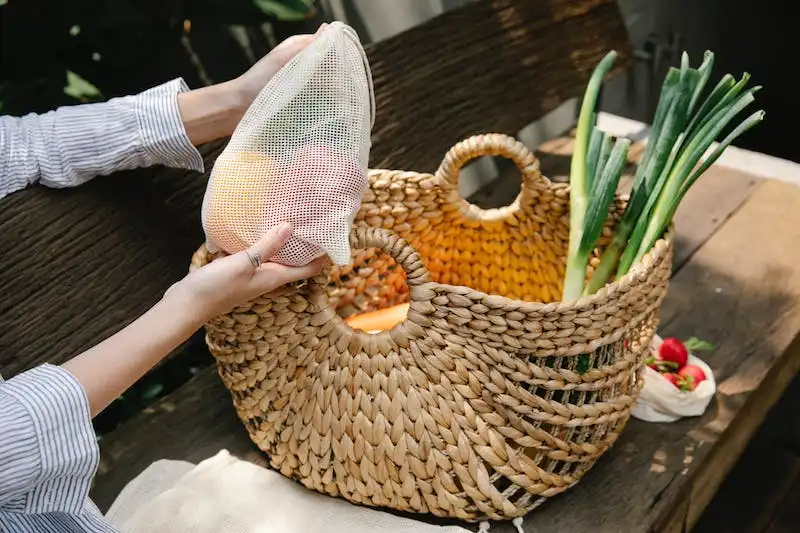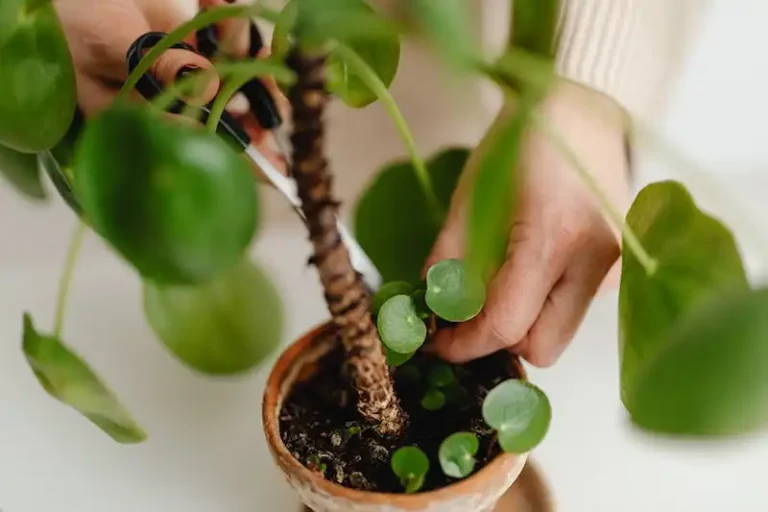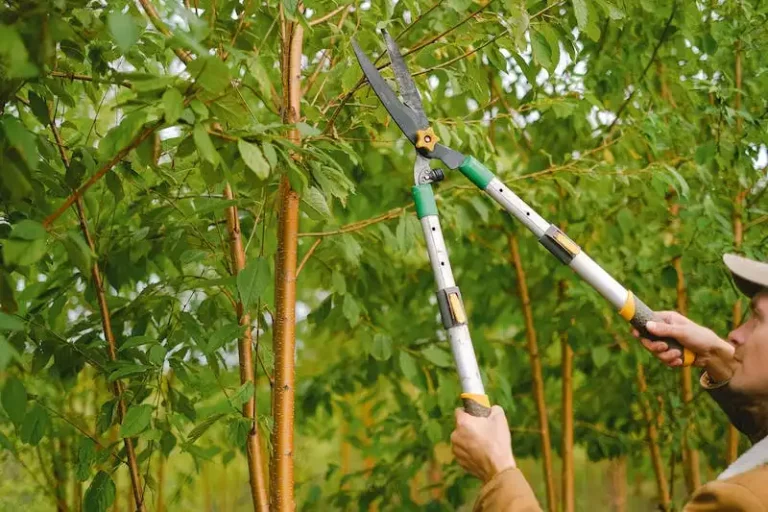If you own a snake plant and notice that its leaves are curling, you may be wondering what could be the cause of this issue. Snake plants, also known as Sansevieria, are known for their healthy and ideal foliage. However, there are various factors that can cause the leaves to curl. Understanding why this happens and how to alleviate the problem is essential for maintaining the ultimate health of your plant.
One of the common causes of snake plant leaf curling is physiological extremes. If the plant is kept in conditions that are too hot or too cold, it can suffer from leaf curling. Another common cause is improper watering. Overwatering or underwatering the plant can lead to curled leaves. It is essential to strike the right balance and ensure that the soil has proper drainage. If you have recently transplanted the snake plant, it may also be causing the leaves to curl due to shock.
There are several ways to identify and address the causes of snake plant leaf curling. First, check the soil. If it is overly wet, you may need to repot the snake plant in a potting mix that provides better drainage. If the leaves are curling and turning dark or black, it could indicate a lack of light. On the other hand, if the leaves are wilting and turning yellow, it may be due to excessive light exposure.
To alleviate the problem, ensure that your snake plant gets the right amount of water and light. Avoid extreme temperature fluctuations, and provide the plant with a healthy and well-drained potting mix. Applying neem oil to the leaves can also help prevent and address any potential pest issues. Ultimately, with the right care and attention, your snake plant will thrive and its leaves will regain their natural, healthy appearance.
Snake Plant Problems Leaves Curling On Mother-In-Law’s Tongue
Snake plants, also known as Mother-In-Law’s Tongue, are popular houseplants due to their hardy nature and ability to thrive in low light conditions. However, these plants can sometimes encounter problems, with one of the most common issues being leaves curling. In this article, we will explore the causes of snake plant leaves curling and discuss possible solutions.
Light and time are often the main culprits behind curling leaves. Snake plants require bright, indirect light, and placing them in a spot with inadequate light can lead to stress and leaf curling. To remedy this, consider moving your snake plant to a location with more light or providing artificial light if natural light is limited.
Overwatering and underwatering are other common causes of leaf curling. Snake plants prefer a well-draining soil and should be watered only when the top inch of soil feels dry to the touch. Watering too frequently or not enough can cause stress to the plant, leading to leaf curling. To prevent these issues, ensure proper drainage and establish a consistent watering schedule.
Fungal diseases can also be responsible for snake plant leaves curling. By practicing good watering habits and avoiding overwatering, you can reduce the risk of fungal infections. If fungal issues do arise, treatment with a fungicide or neem oil may be necessary.
Additionally, pests such as thrips can cause damage to snake plants, leading to curled leaves. Regularly inspect your plants for pests and take appropriate measures to eliminate them if needed.
Lastly, curling leaves can be a natural response to environmental stress or shock. If you recently repotted your snake plant or introduced it to a new environment, some leaf curling may occur. In such cases, allow the plant some time to adjust, and the leaves should eventually recover.
To summarize, snake plants may experience leaf curling due to various factors such as light conditions, watering practices, fungal diseases, pests, or environmental stress. To address these issues, ensure proper lighting, watering, and pest control, practice good care practices, and provide the plant with time to adapt. By following these tips, you can help your snake plant recover and prevent further problems.
| Cause of Leaf Curling | Solution |
| Insufficient light | Move plant to a brighter location or provide artificial light |
| Overwatering or underwatering | Establish a consistent watering schedule and ensure proper drainage |
| Fungal diseases | Treat with a fungicide or neem oil |
| Pest infestation | Eliminate pests using appropriate measures |
| Environmental stress or shock | Allow plant time to adjust and recover |
Remember, every plant care situation is unique, so it’s important to assess the specific needs of your snake plant and adjust your care practices accordingly. With the right care and attention, your snake plant will thrive and display healthy, vibrant leaves.
Why are My Snake Plant’s Leaves Curling
If you notice that your snake plant’s leaves are curling, it could be an indication that there are some underlying issues with the plant’s health. Here are some possible reasons why this might be happening:
- Thrips infestation: Thrips are tiny insects that can attack your snake plant. They feed on the plant’s sap, causing damage and leaf curling. To remove thrips, you can wipe the leaves with a cloth or use insecticidal soap.
- Too much sunlight: Snake plants are known for their ability to thrive in low-light conditions. If your plant is exposed to direct sunlight for too long, it can cause the leaves to curl. Try moving it away from the window or providing some shade.
- Underwatering: If your snake plant’s leaves are curling and wilting, it may be a sign that the plant is not receiving enough water. Snake plants are drought-tolerant, but they still need regular watering. Make sure to water your plant every few weeks or when the soil feels dry.
- Overwatering: On the other hand, overwatering can also cause leaf curling. If your snake plant is sitting in water for too long, it can lead to root rot and other diseases. Always make sure that the plant’s pot has drainage holes and that excess water is not left sitting in the saucer.
- Rootbound: If your snake plant has been in the same pot for a long time and the leaves are curling, it may be because the plant is rootbound. Rootbound plants have roots that have grown tightly and are constricting the plant’s growth. Consider transplanting your snake plant to a larger pot to provide more room for the roots to grow.
- Temperature extremes: Snake plants prefer temperatures between 60-85°F (15-29°C). If your plant is exposed to extreme heat or cold, it can cause the leaves to curl. Make sure to keep your snake plant in an area with stable temperatures.
If you have tried all these measures and your snake plant’s leaves are still curling, it might be a sign of a more serious problem. In such cases, it is best to consult a plant expert or do further research to determine the cause and find the best solution for your plant.
Remember, snake plants are generally low-maintenance and can thrive in various conditions. However, they do have specific care requirements, and understanding these will help keep your snake plant healthy and thriving.
Treating Snake Plants with Curling Leaves
If you notice that the leaves of your snake plant are curling, it could be a sign of an underlying issue. Snake plants, also known as sansevieria, are popular houseplants that are generally low-maintenance and can tolerate a wide range of conditions. However, curling leaves can indicate stress or other problems that need to be addressed.
One common cause of curling leaves in snake plants is a pest infestation. Some common pests that can affect snake plants include mites and thrips. If you notice tiny insects crawling on your plant or see small webs between the leaves, it is likely that your snake plant has some pest issues. Treating the plant with an insecticide, such as neem oil, can be an effective solution to get rid of these pests.
Poor watering practices can also lead to curling leaves in snake plants. Snake plants prefer well-drained soil, so make sure that the pot has good drainage. Overwatering or letting the plant sit in water for too long can cause root rot and other issues, resulting in curling leaves. On the other hand, a lack of water or inconsistent watering can also cause leaves to curl. To fix this issue, ensure that you are watering your snake plant correctly – water it thoroughly once the top inch of soil is dry.
Incorrect light and temperature can also contribute to leaf curling in snake plants. Snake plants prefer bright, indirect light, so placing them in a location with too much or too little light can cause stress and lead to curling leaves. Additionally, snake plants prefer temperatures between 70-90°F (21-32°C). If the temperature drops below or exceeds this range, it can affect the plant’s health and cause curling leaves. Making sure your snake plant is placed in the right lighting conditions and maintaining a suitable temperature can help prevent leaf curling.
Lastly, nutrient deficiencies can also cause snake plant leaves to curl. If your snake plant is not receiving enough essential nutrients, such as nitrogen, it may start showing signs of stress, including yellowing and curling leaves. To ensure that your snake plant gets the necessary nutrients, use a well-balanced fertilizer and follow the application instructions. The most common causes of snake plant curling leaves are within your control, and with the right solutions, your plant can recover and thrive once again.




